Hướng dẫn sử dụng Bosch GSR 18V-EC TE Tuốc-nơ-vít
Cần hướng dẫn sử dụng cho Bosch GSR 18V-EC TE Tuốc-nơ-vít của bạn? Dưới đây bạn có thể xem và tải xuống bản PDF hướng dẫn sử dụng miễn phí bằng tiếng Việt. Sản phẩm này hiện có 2 câu hỏi thường gặp, 0 nhận luận và có 0 bình chọn. Nếu đây không phải là hướng dẫn bạn muốn, vui lòng liên hệ với chúng tôi.
Sản phẩm của bạn bị lỗi và hướng dẫn sử dụng không có giải pháp? Hãy đến một Repair Café để nhận các dịch vụ sửa chữa miễn phí.
Hướng dẫn sử dụng
Loading…

Loading…
Định giá
Hãy cho chúng tôi biết bạn nghĩ gì về Bosch GSR 18V-EC TE Tuốc-nơ-vít bằng cách để lại đánh giá sản phẩm. Muốn chia sẻ trải nghiệm của bạn với sản phẩm này hoặc đặt câu hỏi? Vui lòng để lại nhận xét ở cuối trang.Thông tin thêm về hướng dẫn này
Chúng tôi hiểu rằng thật tuyệt khi có sách hướng dẫn bằng giấy cho Bosch GSR 18V-EC TE Tuốc-nơ-vít của bạn. Bạn luôn có thể tải xuống hướng dẫn sử dụng từ trang web của chúng tôi và tự in. Nếu bạn muốn có sách hướng dẫn gốc, chúng tôi khuyên bạn nên liên hệ với Bosch. Họ có thể cung cấp hướng dẫn gốc. Bạn đang tìm kiếm hướng dẫn sử dụng Bosch GSR 18V-EC TE Tuốc-nơ-vít của mình bằng ngôn ngữ khác? Chọn ngôn ngữ ưa thích của bạn trên trang chủ của chúng tôi và tìm kiếm số kiểu máy để xem chúng tôi có sẵn ngôn ngữ đó không.
Thông số kỹ thuật
| Nhãn hiệu | Bosch |
| Người mẫu | GSR 18V-EC TE |
| Loại | Tuốc-nơ-vít |
| Loại tệp | |
| Kích thước tập tin | 2.86 MB |
Tất cả hướng dẫn sử dụng cho Bosch Tuốc-nơ-vít
Thêm hướng dẫn sử dụng của Tuốc-nơ-vít
Câu hỏi thường gặp về Bosch GSR 18V-EC TE Tuốc-nơ-vít
Đội ngũ hỗ trợ của chúng tôi sẽ tìm kiếm thông tin sản phẩm hữu ích và trả lời cho những câu hỏi thường gặp. Nếu bạn nhận thấy có sự không chính xác trong các câu hỏi thường gặp của chúng tôi, hãy cho chúng tôi biết bằng cách dùng biểu mẫu liên hệ.
Tôi tiếp tục tước đầu vít khi sử dụng máy vặn vít. Tại sao vậy? Đã xác minh
Hầu hết các trình vặn vít có thể được thiết lập để vặn cứng hơn hoặc mềm hơn. Nếu đầu tiếp tục bị tước, có lẽ nên đặt máy vặn vít vào một thiết lập khác. Khi đó là thiết bị không dây, hãy luôn đảm bảo rằng pin đã được sạc để có kết quả tối ưu.
Nội dung này rất hữu ích (67) Đọc thêmTôi có thể cất giữ dụng cụ điện trong nhà kho hoặc gara không? Đã xác minh
Nói chung, bạn có thể cất giữ các dụng cụ điện trong nhà kho hoặc gara, ngay cả khi nó đôi khi bị đóng băng ở đó. Tuy nhiên, sẽ tốt hơn cho tuổi thọ của dụng cụ điện nếu bảo quản ở nơi khô ráo, không có biến động nhiệt độ lớn. Trong nhà kho hoặc nhà để xe, sự chênh lệch nhiệt độ có thể hình thành sự ngưng tụ, gây rỉ sét. Ngoài ra, các công cụ chạy bằng pin có tuổi thọ ngắn hơn và không sạc được ở nhiệt độ quá thấp. Để chắc chắn về cách bảo quản dụng cụ điện của bạn, hãy luôn đọc kỹ hướng dẫn sử dụng.
Nội dung này rất hữu ích (14) Đọc thêm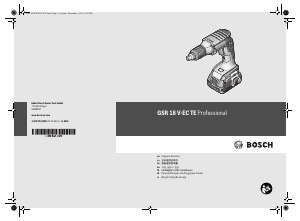


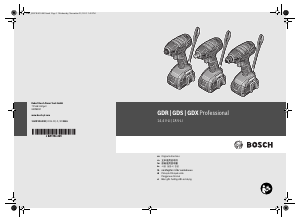
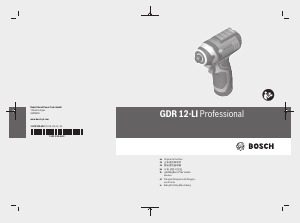
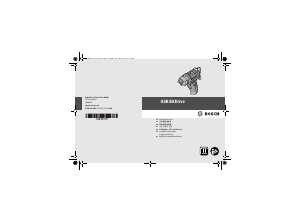
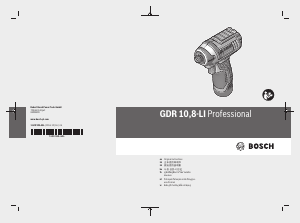
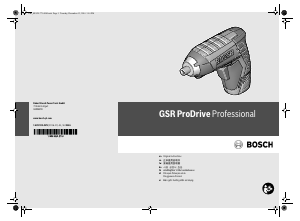
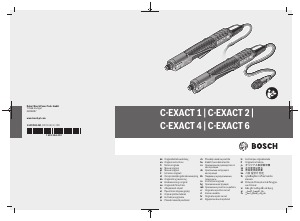
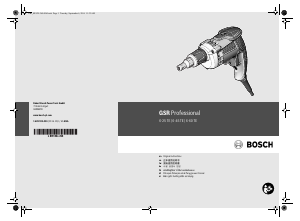
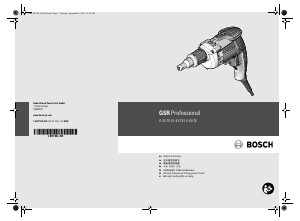
Tham gia cuộc trò chuyện về sản phẩm này
Tại đây bạn có thể chia sẻ suy nghĩ của mình về Bosch GSR 18V-EC TE Tuốc-nơ-vít. Nếu bạn có thắc mắc, trước tiên hãy đọc kỹ hướng dẫn. Yêu cầu một hướng dẫn có thể được thực hiện bằng cách sử dụng mẫu liên hệ của chúng tôi.